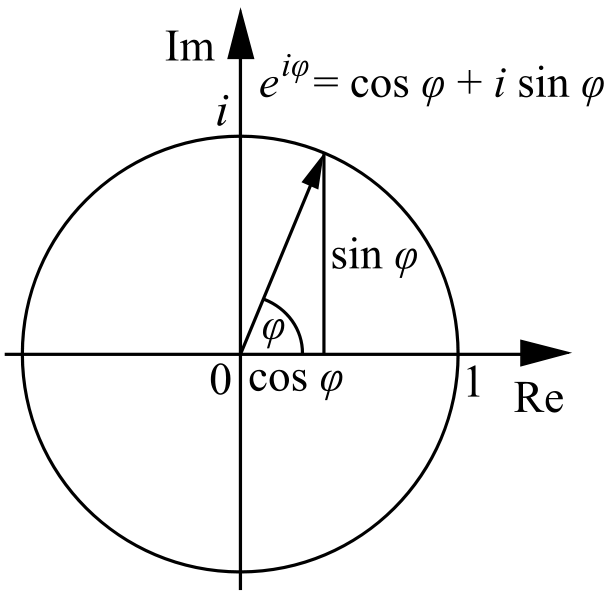

A couple weeks ago my wife and I headed south to Atlanta for Dragon*Con 2008. Of all the available distractions—and there are hundreds of them—it was the gaming room that I was most excited about. You can only spend so much time staring at costumed bodies before they all start to blur, and I was itching to roll some dice. So when the wife went off to see Sean Astin’s panel, my buddy and I nipped on down to the Hilton for a few hours of gaming.
We climbed down the stairs into the hotel’s lower level (jokes about descending into mom’s basement were not lost on us) and bought a ribbon for open gaming. For the price of con admission and an extra $5, the hundreds of games available behind the registration desk were ours for the taking.
It was a boardgame geek’s dream come true. I could come back every day of the con and play a game. There were some panels I wanted to see and some friends I wanted to meet up with, but it was certainly tempting to just hunker down in the Hilton’s basement—err, Galleria—and throw dice for the whole weekend.
Read more in the Extended Post.
My friend and I were on the lookout for easy-to-learn two-player games that could be completed in under two hours. The first game that the friendly Dragon*Con gaming gurus suggested: Starship Catan.


Anyone who has played the wildly popular Settlers of Catan or its sci-fi offshoot Starfarers of Catan will find Starship’s concept familiar.
You and your opponent draw random cards from a number of decks, searching for trades, colonies, adventurers, and combat. The board, four pieces of heavy-duty cardboard, assembles into two starships with slots for upgrades and trade goods. As gameplay advances, you make alliances with trading planets, destroy pirate ships for "hero points", and hopefully get to 10 victory points before the other player.
I found Starship trickier to learn than many other games. Set up took about five minutes, and we had to figure out what all of the little pieces did, what they represented, and where to place them. The instructions include an introductory scenario—essentially a game that is rigged for the first few rounds so that it explains the basic concepts—but otherwise are not formatted or organized very well. For instance, we had no idea that Trade and Colony tokens came back on the board for purchase after you used them on a planet card. Somehow that game-changing tidbit was lost on us until a veteran of the game sauntered by and pointed it out.
Once we got into the hang of it, though, we had a blast, despite a humorous digression while we marveled at my luck with the dice:
Me: Awesome! I’ve rolled four 1s in a row. (Note: A roll of 1 indicated that one of my planets produced carbon, so this was a good thing.) The probability of that is like a tenth of a percent!
Buddy: Yeah. And neither one of us has rolled above a 3 for the whole game. That’s like a hundredth of a percent. The dice must be rigged.
Me: Well… here. (picks up die and rolls it) Another 1 (rolls again) 2. 3. 3. 2. This die is totally messed up.


We got down to something like 0.00000000005% before realizing that we were rolling a six-sided die numbered 1 to 3… twice. The chances of rolling a 4 on the die were a lot smaller than not rolling one.
Infinitely smaller. Definitely not our proudest moment.
Overall, the game was engaging and a lot of fun. The manufacturer recommends 12 and up, but the consensus at the con (and I agree) is that a 10 year-old could handle it with adequate explanation and practice. It’ll be particularly fun for kids who already know how to play other Settlers games, and if they’re big science fiction fans, they’ll love the aliens and space pirates.
Buy Starship Catan or read reviews at BoardGameGeek
![Reblog this post [with Zemanta]](http://img.zemanta.com/reblog_e.png?x-id=cd3cb79d-10c5-44f1-a18c-b8215d6f2edd)



